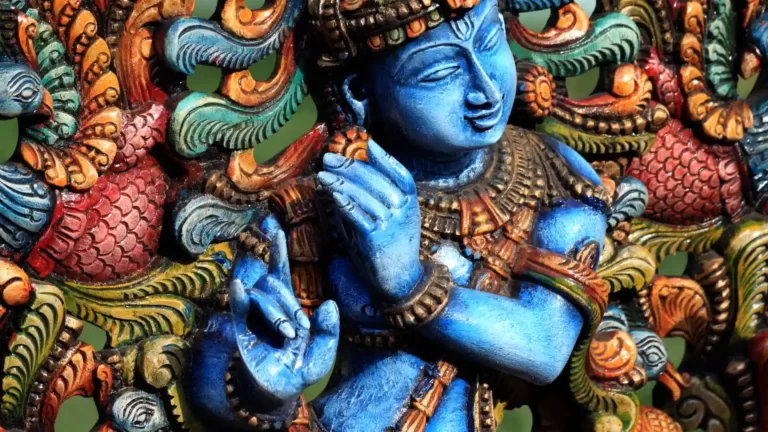A History of Modern Art is a fascinating topic that has captivated art lovers for centuries. From the birth of modernism in the late 19th century to the most cutting-edge contemporary works, this blog post will explore the origins, development, and influences of modern art. We’ll take a journey through various movements, styles, and periods, including Post-Impressionism, Cubism, Expressionism, Surrealism, Minimalism, and Pop Art. Along the way, we’ll examine the work of some of the most influential artists of the modern era and discover how their contributions have shaped the world of art today.
Modern art has its roots in the late 19th century, with some of the earliest paintings having an abstract nature to them. The movement that would eventually become known as modern art didn’t really begin to take shape until the early 20th century, and it was more fully realized by the mid-1920s and reached its pinnacle in the 1940s and 50s. During this time, artists such as Pablo Picasso, Henri Matisse, Jackson Pollock, and many others created works that were both iconic in their own right and seminal to what we now think of as modern art today.
Modern art was first used in the 1870s. A group of late nineteenth-century artists wanted to break away from traditional styles and created their own artistic language, which we now call modern art. They believed that art should address issues not only about beauty, but also about society and be for the people as well as elite scholars. Artists broke away from traditional styles and used a variety of techniques including abstract, expressionist, and conceptualism. Famous modern artists include Pablo Picasso, Andy Warhol, Jackson Pollock, and Wassily Kandinsky. Modern art may seem controversial or even unappealing at first glance because it does not look like what you would expect to see hanging on a wall. There are different types of modern art such as Impressionism and Cubism with different time periods such as Romantic Modern Art Period (1880-1930) and Postmodern Modern Art Period (1970-2000). Some famous pieces include Van Gogh’s Starry Night Over the Rhone River, Monet’s Woman with Chrysanthemums, Picasso’s Girl Before a Mirror.
A History of Modern Art | Introduction to Art History
While many people assume that the birth of Art History during prehistoric times, it actually started much later. For example, if you ask historians about where to begin studying art history, many will suggest you start with Ancient Egypt. Though there is no concrete evidence of early Egyptian paintings, sculptures or other forms of artwork, archaeologists have discovered drawings on papyri and stone carvings that are roughly 5,000 years old (and quite sophisticated). These documents were created using an early technique called encaustic—using beeswax and pigments to draw and create artwork on surfaces such as linen. As time went on, people began using different materials to make artworks—from oil paints and watercolors to pastels and charcoal. From these humble beginnings came one of humanity’s greatest creations: visual storytelling. And from there came what we now know as art history.
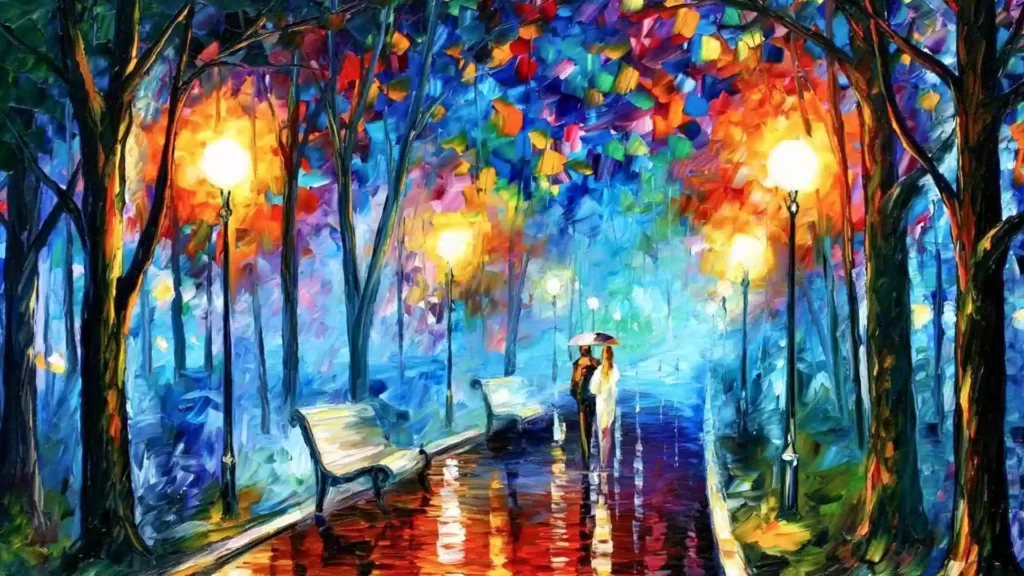
Modern Art – History of Modern Art
The modern art movement is one of history’s most influential—and controversial—innovations. People often don’t realize that it was sparked by a small group of artists who broke off from traditional painting. So, what exactly is modern art summary, and how did it become so popular? It’s hard to believe now, but back then, people were outraged by abstract paintings and sculptures. They thought that these artists were missing out on great works by not learning from past masters like Monet or da Vinci! Thankfully, there were a few people who supported these new forms of expression. The rest is history! Today, you can find many museums around the world dedicated to modern art. Some are even just for contemporary pieces made within recent years!
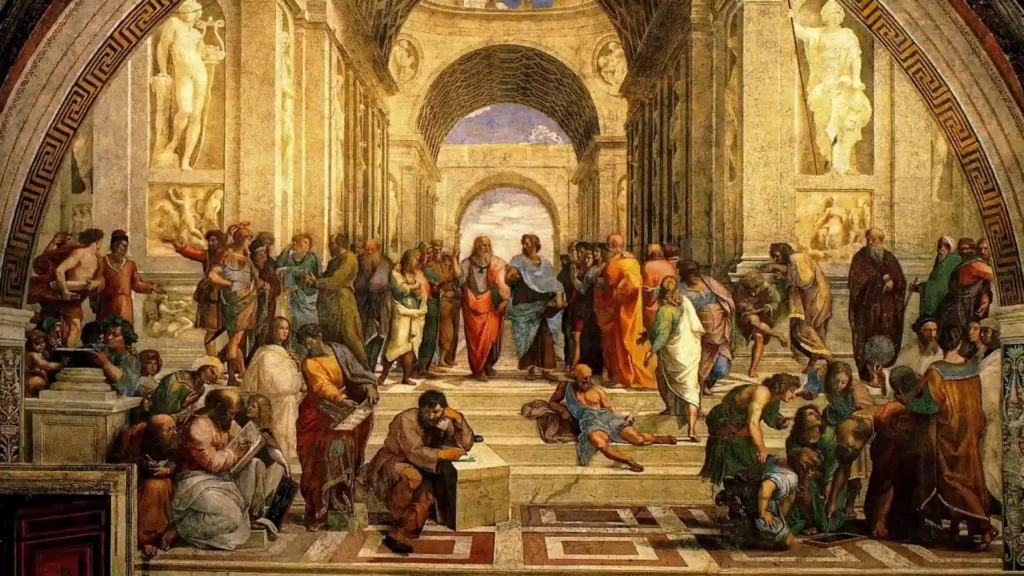
Classical Art
The art history of classical Greece and Rome produced some of humanity’s most iconic cultural artifacts, including paintings, sculptures, architecture, and more. This period is often divided into a pre-classical era (the Mycenaean period through to early Greek city-states) and a classical period (mid 6th century BCE through 1st century CE). Classical art was commissioned by wealthy patrons and is considered to be of extremely high quality. The patron dictated how artists were to represent their subject matter, meaning that there was no room for experimentation or interpretation on behalf of the artist. During classical antiquity art was also used as propaganda; works were created with specific messages about power structure for purpose of control over society.
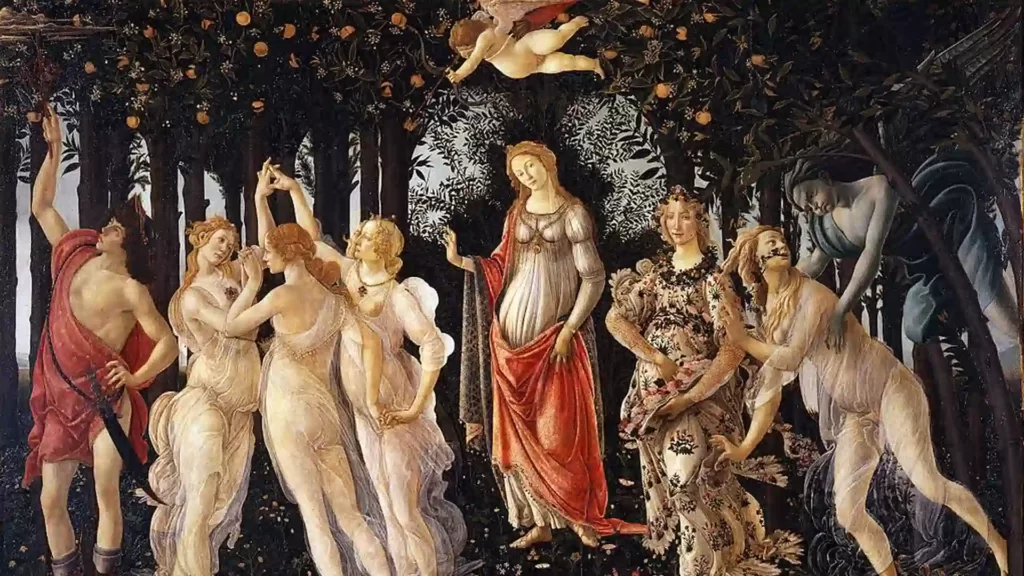
Medieval and Pre-Renaissance Art
The history of art before Raphael, Michelangelo, and Leonardo da Vinci is a history of saints and madonnas. Byzantine icons dominated religious painting in medieval Europe; it wasn’t until Italy began to formalize itself into city-states that major works of Renaissance art were created. Artists like Botticelli were inspired by an early humanism that started to emerge as more people moved into cities and became less reliant on religion for community. Along with religious paintings, many artists painted scenes from classical history or mythology for wealthy patrons, which is what we often think of when we imagine art from that time period.
Early Renaissance (1300–1450)
The world’s first camera was used to make a permanent imprint of a document in China, only one hundred years after Marco Polo described cameras obscura in his journals. And while there is no concrete evidence that Leonardo da Vinci invented photographic technology, he did make several sketches of different ways to capture light and illuminate images. It wasn’t until Sir John Herschel’s 1839 invention that photography started to resemble what we know today. Herschel’s photograph, taken with an eight-inch (20 cm) reflecting telescope and chemicals on a salted paper plate, doesn’t look much like anything we’d label art, but it’s considered one of earliest examples.
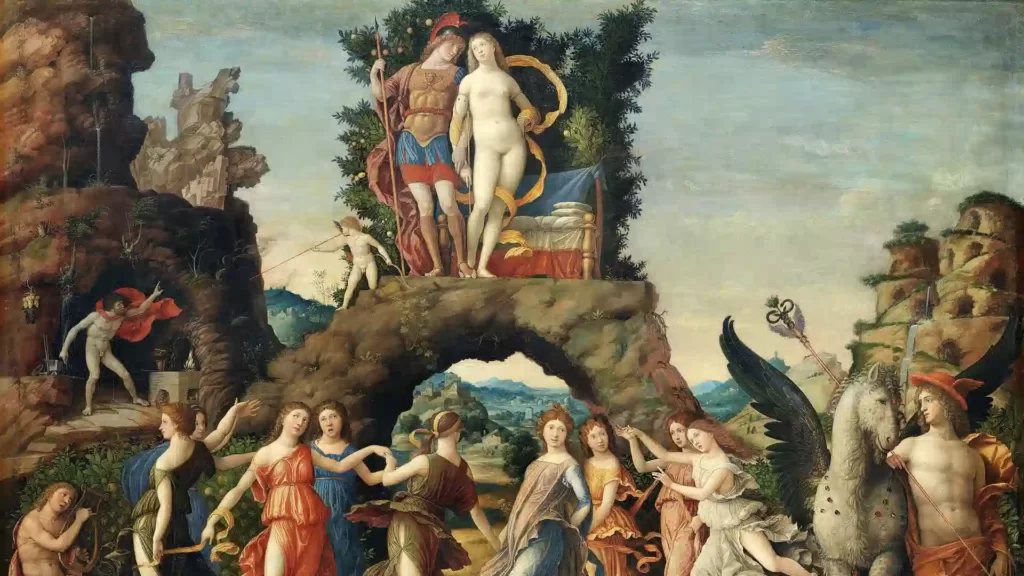
High Renaissance (1450–1520)
This Modern Art Summary article explains: Italy underwent a cultural and political revolution starting in 1450 when Constantinople fell to Turkish invaders. The Venetian Republic, with its large navy, was among those who profited from trading goods looted from Roman cities during what became known as the Second Crusade. The wealth Venice received allowed it to engage many of Europe’s greatest artists, including Donatello and Michelangelo. In addition to encouraging art production, Italy’s new wealth also contributed to changes in architecture—as seen at Florence Cathedral—and art patronship that led to greater artistic freedom.
Mannerism, Baroque, and Rococo (1600–1720)
The mannerist movement of art, especially painting, was characterised by distortions of form and space (for example, elongation of figures), use of incongruous or theatrical poses and unrealistic color. Baroque art was highly emotional, exaggeratedly dramatic and extravagant. Rococo is a frivolous type of baroque art whose elements are best exemplified by French 18th-century decorative arts such as furniture design and porcelain; it is distinguished by asymmetrical compositions, slender forms and abundant use of gilding. While these movements are now primarily considered artistic styles or historical periods, they were not clearly separated in their time. When one thinks of mannerism, for instance, one often also thinks of baroque. There was little critical discourse on art at that time: indeed, many artists did not even want to be associated with any kind of ism. As a result, there was no clear distinction between what we would call an artist and what we would today call an artisan or craftsman. In addition to these stylistic movements there were numerous shifts in subject matter during this period: history paintings gave way to portraits and landscapes. The role of religion changed substantially as well—the Reformation had brought about significant changes in people’s attitudes towards religious imagery.
Neoclassicism to Realism (1770–1860)
What you need to know about Modern Art is summarized in this article. Neoclassicism is a style of painting, sculpture and architecture characterized by attention to idealized aesthetics, very general themes and inspiration from classical antiquity. It began during late 18th-century Europe and was superseded by Romanticism during mid 19th-century Europe. Neoclassical art focuses on fundamental compositions with seriousness and nobility. As such, it attempts to take a noble approach to its subject. Neoclassicism developed out of an interest in Ancient Greek classical aesthetic values based on balance, symmetry, perspective and form. Neoclassicism has been described as the revolt against artificiality and has authenticity as one of its main goals.
Impressionism, Post-Impressionism, and Symbolism (1870–1910)
The earliest art movements began with a group of 19th-century French painters, including Édouard Manet, Claude Monet, Pierre-Auguste Renoir, Edgar Degas, and Henri de Toulouse-Lautrec. They were joined by Paul Gauguin and Georges Seurat in what became known as Impressionism. Post-Impressionism developed as an offshoot of Impressionism, where artists explored color schemes and emotions through scenes. Many believe that Paul Cézanne’s Analytical Cubism is related to Symbolism because it takes symbolism into three dimensions.
Abstract art, Cubism, Surrealism, Dadaism, Constructivism, Futurism, Vorticism… (1910–1945)
The Birth of Art History abounds with styles and movements that have become trends for generations. The 1910s, 1920s, 1930s, 1940s: These decades are deeply ingrained in art history as the pioneering age of modernism and abstract expressionism. The introduction of new forms of media allowed artists to experiment with abstraction and apply their expressions digitally. During World War II (1939–1945), many artists took a more political approach to their work while still practicing abstract expressionism in both Europe and America. In Europe, war overtook much of everyday life by 1943, forcing many artists from Paris to relocate or return to their home countries. Once peace was restored again after 1945, many artistic trends continued as new ones began gaining momentum as well.
New Media – Digital Art (1980–present)
Our history of art doesn’t really start until modern times. The invention of photography, film, and digital imagery has completely changed how we produce and interact with works of art. Given that many people are immersed in modern-day technology on a daily basis, it’s hard to ignore their impact on how we create and appreciate art.
South and Southeast Asia After 1200 CE
While China and Europe were creating their own unique styles of art, India and Southeast Asia produced works that were similarly distinctive. Textiles from South Asia featured intricate designs and bright colors, making them particularly attractive to buyers in Europe. Painting styles—characterized by delicate brush strokes—differed greatly from those of other regions around 1200 CE. Sculptures found throughout India depicted Hindu deities, Buddhist monks, Muslim mystics, and even figures from Hindu mythology; Buddha statues were common in Myanmar as well. Many of these works have been preserved through a combination of religious reverence and modern preservation efforts.
Art of the Aegean Civilizations
The art of ancient Greece and Rome is well-known, but many people forget that these civilizations first emerged during what’s known as one of humanity’s greatest periods: The Aegean Civilizations. Located on and around modern-day Turkey, scholars refer to these settlements collectively as being part of The Aegean World. Dating back to nearly 7000 B.C., historical documentation tells us that much of early human culture centered around religious rituals connected with magical practices and religion. Still, historians are still studying artifacts unearthed by archaeologists today—so who knows how long-ago humans began creating art? One fact we do know for sure: a lot has changed since then…and we think you should know a little more about it!
